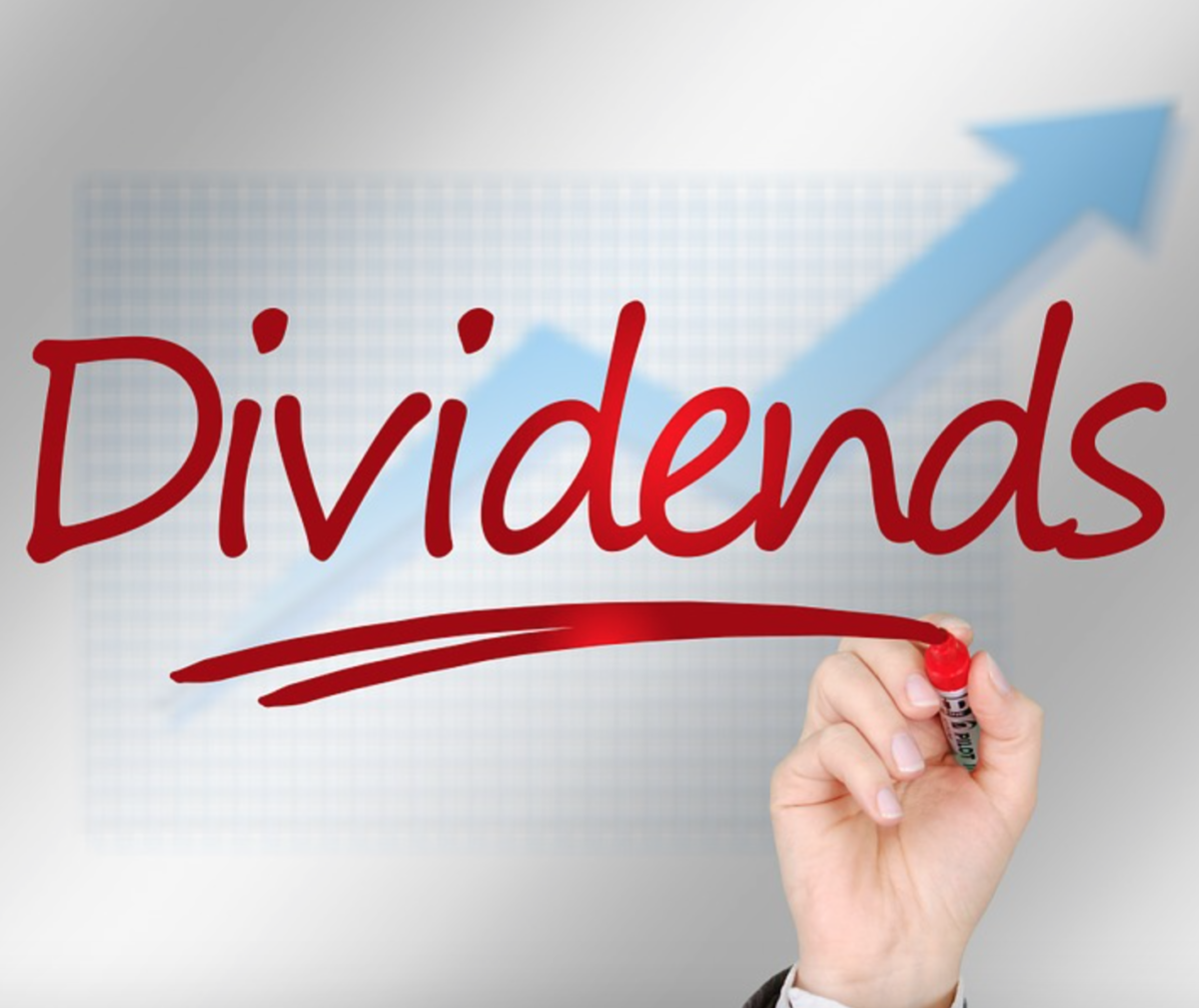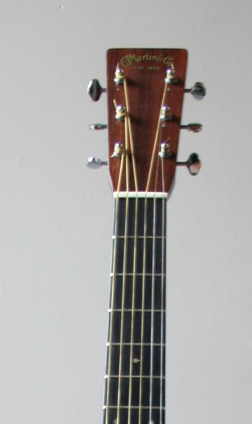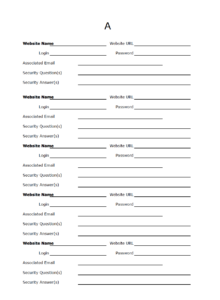by Nkem Iregbulem
Over the past few years, electric vehicle sales have rapidly increased around the world. In its 2020 Vehicle Outlook, BloombergNEF predicted that electric vehicle sales could reach 54 million by 2040. Although electric vehicles’ current share of new vehicle sales is modest, BloombergNEF expects this percentage to rise quickly from 2.7% in 2020 to 10% in 2025. Furthermore, it expects the size of the global electric vehicle fleet to reach 116 million by 2030. These sales would likely be driven by falling battery prices, energy density improvements, and more charging infrastructure. Consumers are drawn to electric cars for many reasons — including but not limited to cheaper maintenance costs, safety improvements, and environmental concerns.
Companies involved in the electric vehicle market may benefit from the growing popularity of electric mobility. Your options include Tesla (TSLA), Nikola Corporation (NKLA), NIO Limited (NIO), Workhorse Group Inc. (WKHS), and Electrameccanica Vehicles Corporation (SOLO). All of these stocks can be found on the NASDAQ exchange except for the NIO stock, which is traded on the New York Stock Exchange.
Your first option is Tesla (TSLA), a well-known sustainable energy company that strives to facilitate the world’s transition to electric mobility. It was founded in 2003 and is headquartered in Palo Alto, California. The company manufactures and sells electric vehicles, battery energy storage, solar panels, and solar roofs. It has released many car models, including the Model S in 2012, Model X in 2015, Model 3 in 2017, and Model Y in 2020. Tesla has a market cap of $187.33 billion and does not pay a dividend. It has a high price-to-sales ratio of 6.77 and a price-to-book ratio of 19.41. The stock trades at 303.03 times forward earnings. Tesla enjoys a 3-year revenue growth rate of 51.99% and a 5-year revenue growth rate of 50.36%.
You might also consider Nikola Corporation (NKLA), a company that designs and manufactures battery-electric and hydrogen-electric vehicles. The company was founded in 2014 and is based in Salt Lake City, Utah. In addition to vehicles, Nikola also designs and manufactures energy storage systems, vehicle components, and hydrogen fueling station infrastructure. The company has a market cap of $23.82 billion and does not pay a dividend.
Founded in 2014 and based in Shanghai, NIO Limited (NIO) designs, manufactures, and sells premium electric autonomous vehicles. The company offers sports cars as well as mid- and full-sized SUVs. Its current models include the EP9, ES6, and ES8. It is also involved in a single-seater racing series for all-electric vehicles known as the Formula E Championship. NIO has a market cap of $8.24 billion and does not pay a dividend. The stock has a high price-to-sales ratio of 6.98 and a price-to-book ratio of 7.00. In its latest quarter, the company faced a negative year-over-year revenue growth rate of -15.89%.
Another competitor in the market is Workhorse Group Inc. (WKHS), a company that designs, develops, manufactures, and sells battery-electric vehicles and aircraft. Its product offerings include cargo vans, pickup trucks, and delivery drone systems. Founded in 2007 and headquartered in Loveland, Ohio, Workhorse Group has a market cap of $1.03 billion and does not pay a dividend. Its stock has a very high price-to-sales ratio of 7,315.62, putting itself well into the overpriced category. It also has a price-to-book ratio of 27.48 and faces a negative 3-year revenue growth rate of -61.14% but a better 5-year revenue growth rate of 16.23%.
Finally, you might also consider Electrameccanica Vehicles Corp (SOLO), a company that designs and manufactures electric vehicles. Its product line includes the SOLO model, an all-electric single-passenger vehicle, and the Tofino, a two-seater electric sports car. In addition to electric vehicles, the company also offers custom build vehicles — generating maximum revenue from this particular segment. Electrameccanica was founded in 2015 and is based in Vancouver, Canada. It has a market cap of $161.2 million and does not pay a dividend. The company’s stock has a very high price-to-sales ratio of 163.87 and a price-to-book ratio of 11.45. In its latest quarter, Electrameccanica Vehicles enjoyed a year-over-year revenue growth rate of 15.20%.
Maybe one of these stocks will put a spark in your portfolio.
Disclosure: Author did not own any of the above stocks at the time the article was written.











